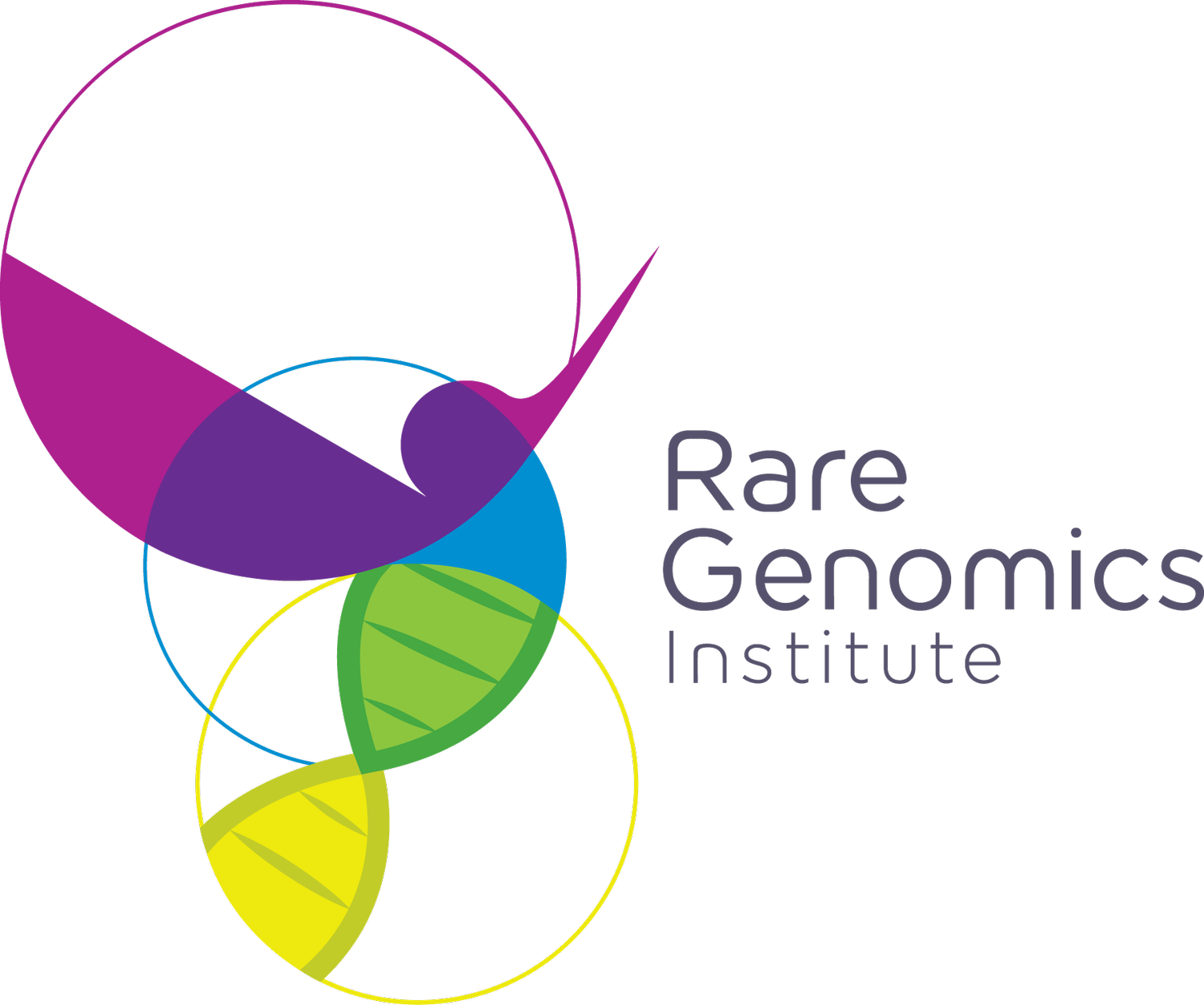Chronic Progressive External Ophthalmoplegia (CPEO)
What is Chronic Progressive External Ophthalmoplegia (CPEO)?
CPEO is a loss of eye muscle function and eyelid movement of one or both eyes. Symptoms usually begin between the ages of 18 and 40 and include weakness or paralysis of eye muscles (ophthalmoplegia) and droopy eyelids (ptosis).
Sometimes, CPEO is associated with other conditions like skeletal muscle weakness (myopathy), difficulty swallowing (dysphagia), hearing loss, impaired muscle coordination (ataxia), or a loss of sensation in the limbs from nerve damage (neuropathy). If other conditions are present, CPEO may be referred to as Progressive External Ophthalmoplegia Plus (PEO+).
Symptoms of CPEO range from mild to severe and tend to get worse over time. It can be inherited or occur from a genetic mutation in people with no family history of CPEO.
What is the prevalence of CPEO?
The prevalence of CPEO is unknown.
How is CPEO diagnosed?
CPEO can be diagnosed with:
Examination by a doctor
Blood tests
Urine tests
A muscle biopsy
Genetic tests
Is there any specific gene/pathway in CPEO that has been identified?
Yes. CPEO can be caused by mutations in several genes. These genes can be located in the mitochondria (mitochondrial DNA) or in the center of the cells (nuclear DNA). These mutations can cause the mitochondria—structures in the cells that produce energy for normal cell function—to malfunction.
How is CPEO treated?
Treatment for CPEO depends on the symptoms. If someone has drooping eyelids, they could have surgery or wear special glasses with a “ptosis crutch” to life the upper eyelids. Strabismus surgery could be used to correct double vision. A supplement called coenzyme Q10 may help improve brain function if there’s a deficiency. Hearing aids may improve hearing loss.
Are there any clinical trials underway for CPEO?
Yes. Learn more about these clinical trials.
How can RareShare be helpful to CPEO patients and families?
RareShare helps connect patients, health workers, caregivers, and families interested in Chronic Progressive External Ophthalmoplegia and provides continual access to community resources.
